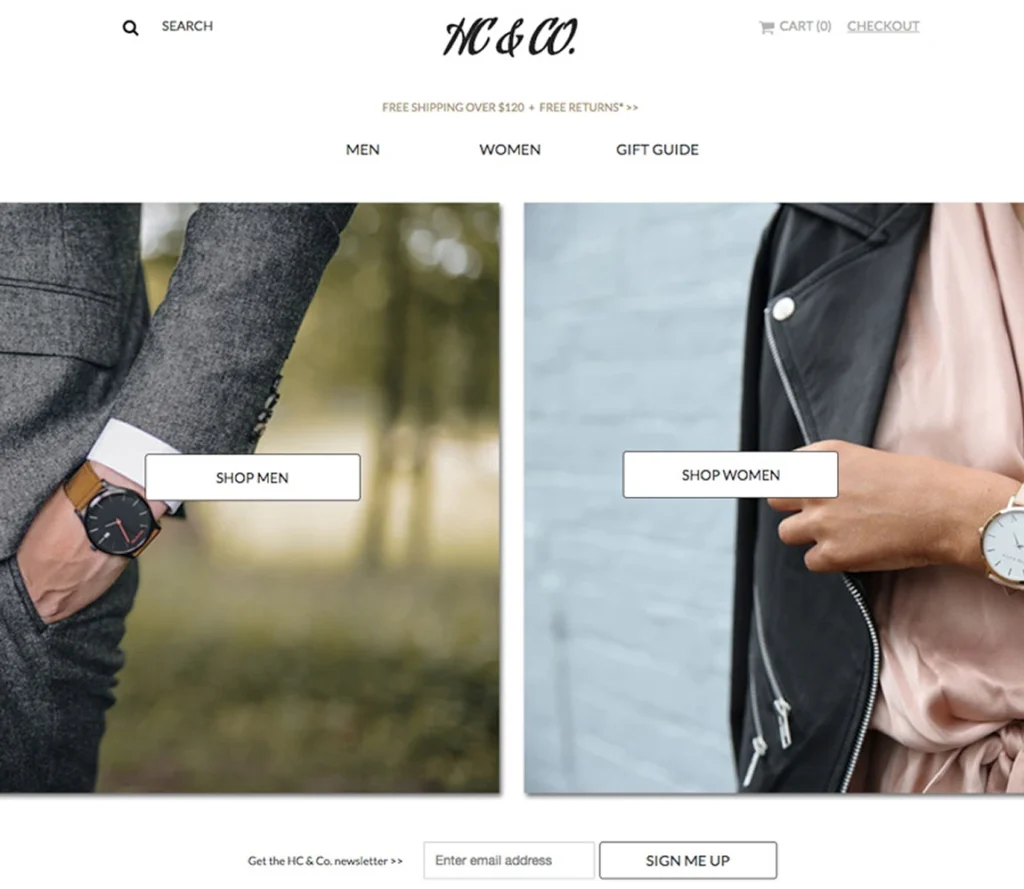The Ecommerce Guide to Online Marketing By James Scherer
How to Drive Traffic, Get More Sales, and Keep your Customers Coming Back

Total Leads
4.3k
Conversions
3.8k
Grow Your Clinic
Landing Pages
Pop Ups
Promotions

Introduction
You’ve taken the dive into selling a product online. First and foremost, congratulations.
Whether you’re just looking to make a little extra cash on the side, have committed your life savings to this endeavor, or are marketing an established ecommerce brand, selling online can be a complex and intimidating thing.
Whenever I create a piece of content, I first spend about half an hour reviewing what’s already out there.
Most “Complete Guides to Ecommerce Marketing” focus on best practices. They offer vague recommendations you’ve heard a dozen times, or offer outdated social media marketing strategies which worked in 2015, but are useless now.
I wanted this guide to be different. Firstly, I knew I wanted to offer it for free and without requiring people to give their email address to get it. You have enough going on without having to read an automated series of 20 emails I send you every day pretending to be totally personalized to get you to use our marketing tool. And anyway, our popups are free, so… yeah…
And I wanted it to be actionable. I wanted readers to be able to open the guide in one window and a piece of software or ad platform in another, and get sh*t done.
Thirdly, I wanted it to be REAL. So I created an ecommerce company. I created their homepage, figured out their target market and will be using that ecommerce business (a hypothetical company selling watches called HC & Co.) as an example – showing everything “they’d” do to create an optimized, kickass online sales funnel.

For me, best practices are crap. So this article won’t recommend any. Instead I’ll say “this is a marketing strategy I think you should try based on my own experience marketing ecommerce businesses online.”
Deal? Let’s get started.
Chapter 1:
Strategies to Drive Traffic to your Website
You can have the most amazing product. You can have the most amazing website with the most amazing delivery process, customer service and all the rest.
None of it matters if nobody knows you exist.
Perhaps some of you ecommerce noobies have already noticed this?
There is one reliable way for ecommerce companies to drive traffic to their website:
Ads
I'm sorry. That's just the way it is. If you're in the early stages of building a business presence online, you can mess around with blogging and social media for months (and perhaps you still will), but here's the honest-to-goodness truth:
Unless you get very lucky, Instagram and Facebook aren't going to drive serious traffic to your website.
Unless you work your butt off for the next year, content marketing isn't going to drive serious traffic to your website.
Does this mean you shouldn't have a blog or a Facebook and Instagram presence?
No. But don't devote your life to it. And both still have their uses. Creating a subscriber list and a newsletter is worth doing, and that's easier if you're writing some content. And social media is a great place to increase brand awareness and (even) drive traffic with contests.
But putting hours of your day into crafting amazing social media posts is a wasted effort, and won't drive sales.
There, I said it.
So let's get into the two platforms which can drive reliable, measurable, profitable traffic to your website...



